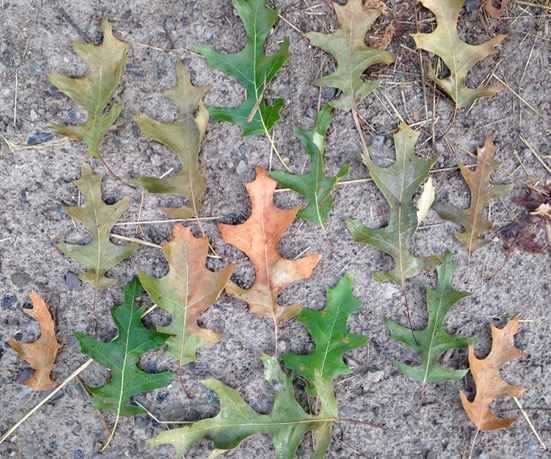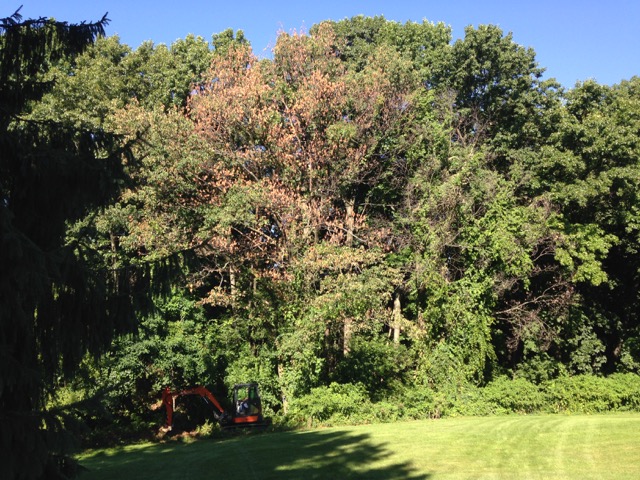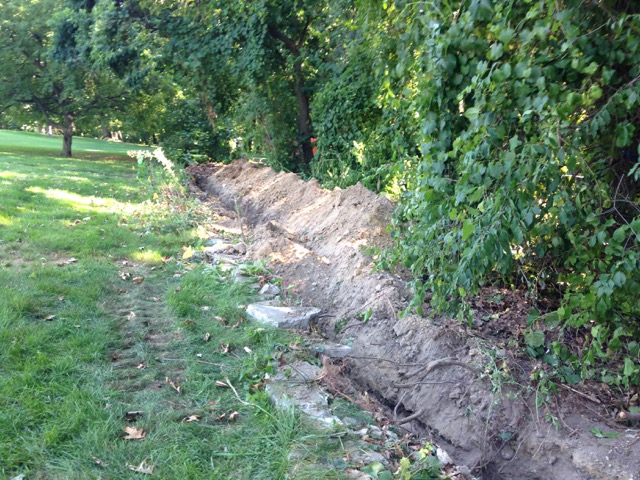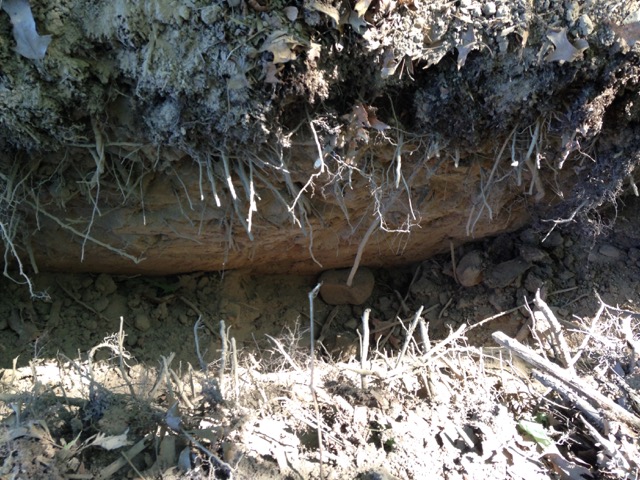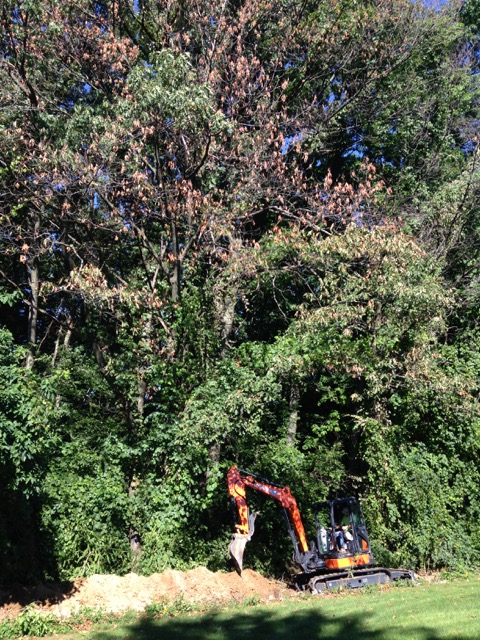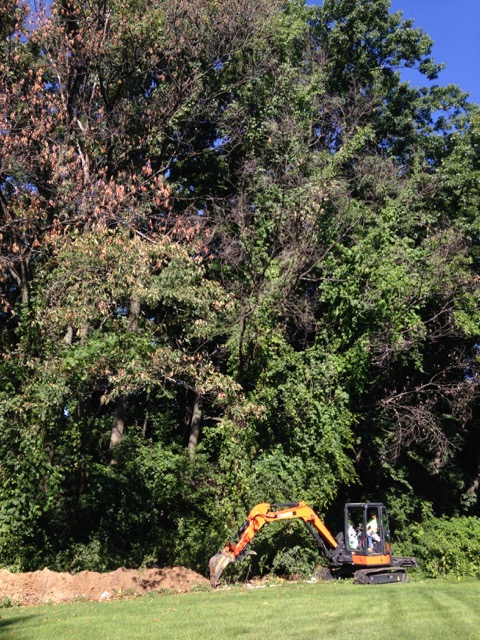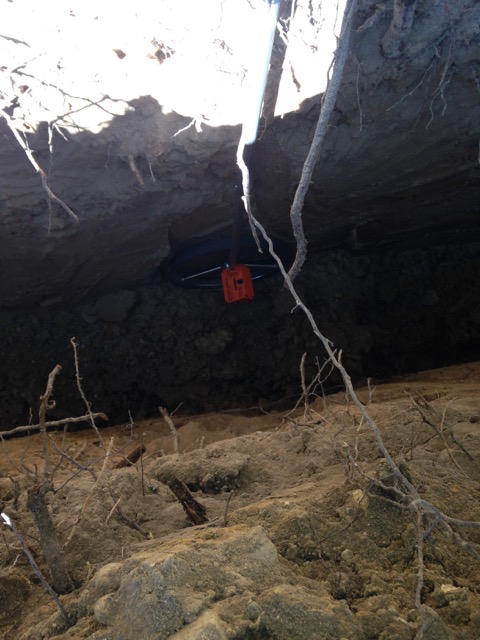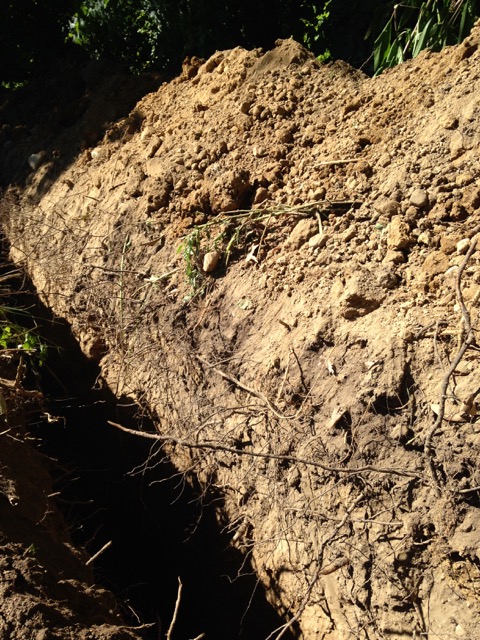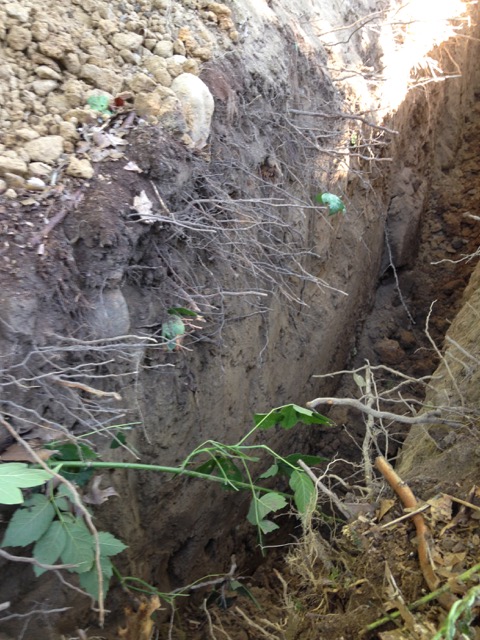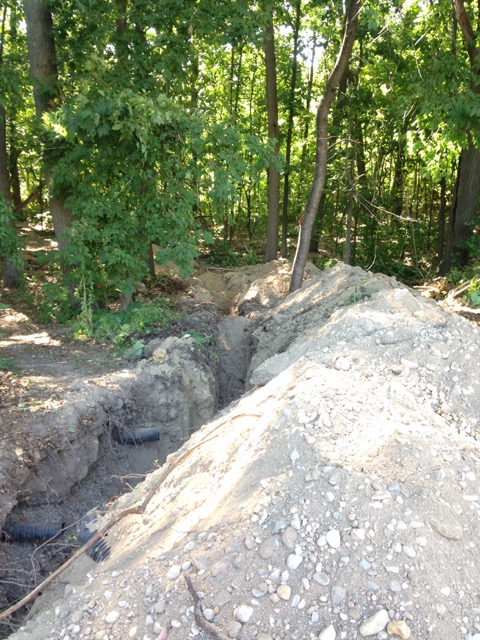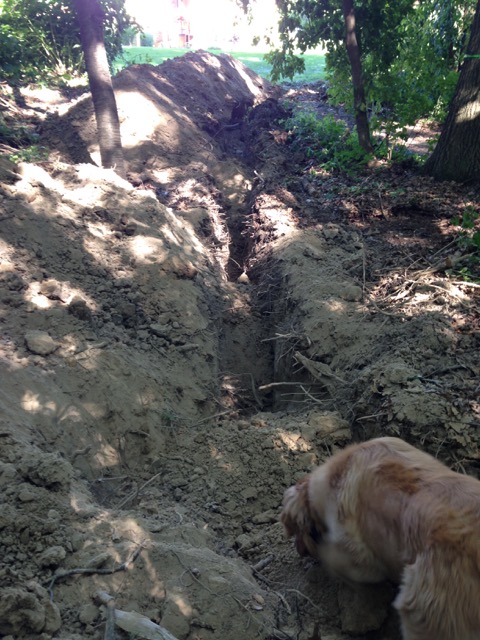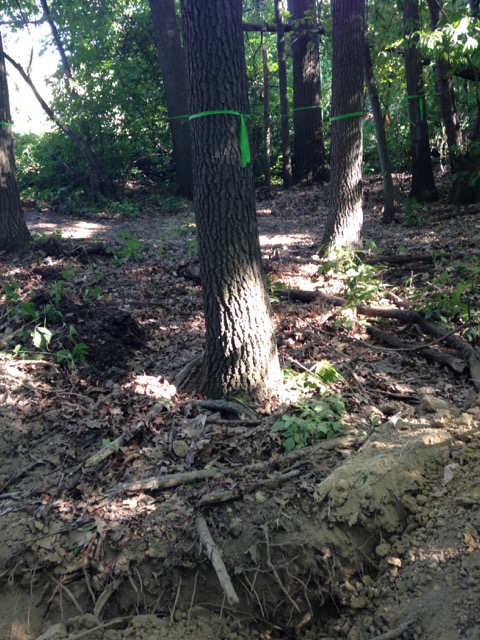TREE OWNERS
Property owners can protect their oak trees by understanding oak wilt basics, and by making sure that they and anyone performing work on their trees follow procedures to prevent the spread of oak wilt, including:
- Do not prune oak trees during the greatest or lower risk periods according to the "oak wilt risk meter" on the home page.
- Immediately paint any pruning cuts made during greatest risk or lower risk periods with sealing paint (shellac or latex paint).
- Never allow tree workers to use climbing spurs on trees unless doing tree removal or absolutely needed for hazard abatement.
- Monitor your trees for oak wilt symptoms, particularly notable is leaf drop during the summer months.
- If you suspect oak wilt activity contact an ISA certified arborist (Find An Arborist Link above) and report to the MDNR hotline by emailing DNR-FRD-Forest-Health@michigan.gov.
- For more information on oak wilt biology, CLICK HERE.
MUNICIPALITIES
Oak trees are a vital part of Michigan’s forests, both rural and urban. Municipalities have an interest in preventing damage to oak trees on both public and private property, to preserve the many benefits provided by trees. Municipalities can protect this resource by taking certain basic steps, including:
- Do not prune oak trees during the greatest or lower risk periods according to the "oak wilt risk meter" on the home page.
- Immediately paint any pruning cuts made during greatest risk or lower risk periods with sealing paint (shellac or latex paint).
- Treat cut stumps as a new wound and seal immediately with sealing paint (shellac or any latex paint).
- Never allow tree workers to use climbing spurs on trees unless doing tree removal or absolutely needed for hazard abatement.
- Monitor your trees for oak wilt symptoms, particularly notable is leaf drop during the summer months.
- If you suspect oak wilt activity contact a certified arborist (Find An Arborist Link above) and report to the MDNR hotline by emailing DNR-FRD-Forest-Health@michigan.gov.
- Isolate oak wilt infected trees by severing its roots from adjacent oaks before removing the infected tree. Severing is accomplished by installing 5ft. deep vertical trench lines.
- Additional management practices may include fungicide injections (propiconazole) to non-symptomatic oak trees. The fungicide can protect oak trees from infection for a period of time. Repeat injection treatments are required for the duration of time the pathogen is viable in the root system (known up to five years*).
- The infected tree can produce oak wilt spores up to one year. Therefore remove oak wilt infected trees and chip, burn, debark or bury the wood prior to April 1 the year after it dies. If splitting into firewood stack, cover and seal to the ground with 4-mil plastic sheeting for one year to prevent insect access and until wood dries.
- Provide training about oak wilt to all personnel who work on trees, including your local department of transportation.
- Ensure that oak protective measures are included in tree ordinances.
- Provide information to stakeholders through handouts, municipal websites, signage, Arbor Day events and other outreach measures as appropriate. See Resources/Research page.
- For more information on oak wilt management, CLICK HERE.
Photos of Infected Trees/Leaves



